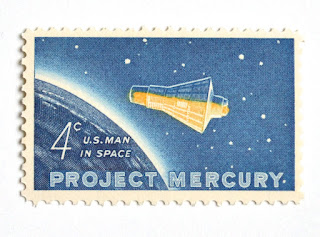In this and future blog posts I'll be taking a look at some of these directories and their contents from various cities in Alabama. Older city directories are widely used by genealogists and other local historians, but they are fun to just dip into and see what can be found. Here goes on a few pages of the 1909 directory for Birmingham, which I accessed via the subscription site Ancestry.com
Here we can see types of businesses people in Birmingham needed in 1909 and still need today: roofers, hardware, electric and laundries.
This page includes a list of restaurants and "lunch rooms" operating in the city in 1909. Eating out has been popular for a long time!
In 1909 some people could attend Spencer Business College, "A School Backed by an Experienced Faculty." Also available was Adams Drug Company, "Open All Night." The city never sleeps.
One of these pages features the ad for Eaton's Business College, "For Colored Young Men and Women."
Some typewriter companies and services are listed on these pages. I used both manual and electric typewriters frequently in the 1960's and 1970's for work and my own writing. I miss them in many ways. There's something satisfying about all that pounding and noise.
Finally we have a full page ad for The Reliance Hotel and Restaurant Company "Opposite New Terminal Station." They have all "modern conveniences" and the "European Plan." I know nothing more about this hotel; even the BhamWiki site doesn't have an entry for it.































